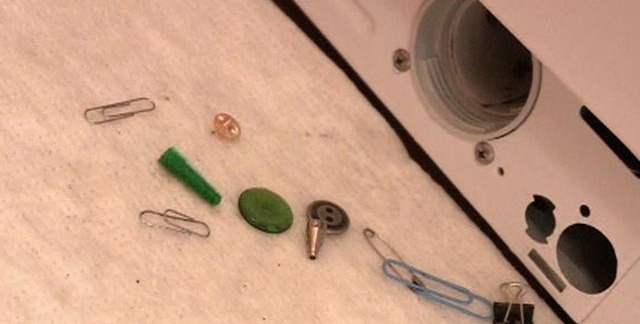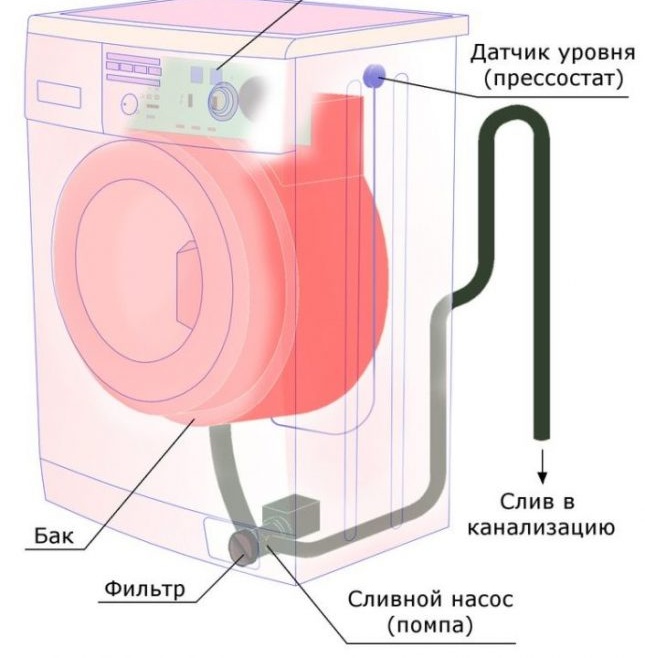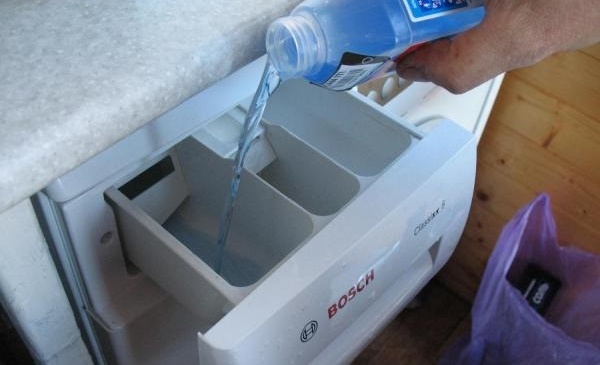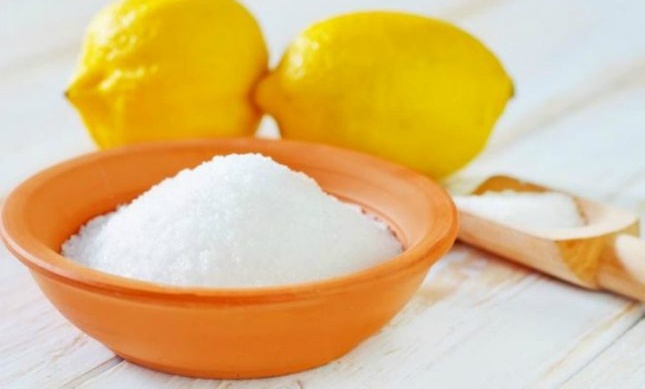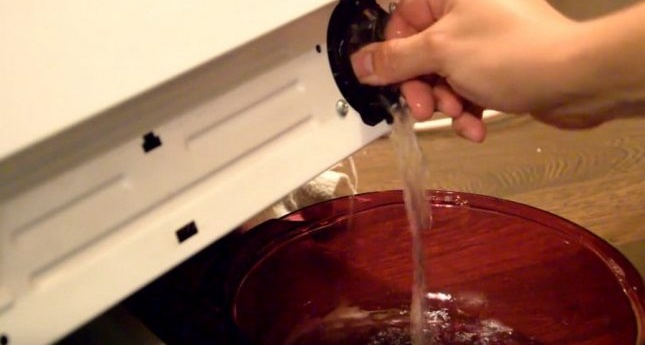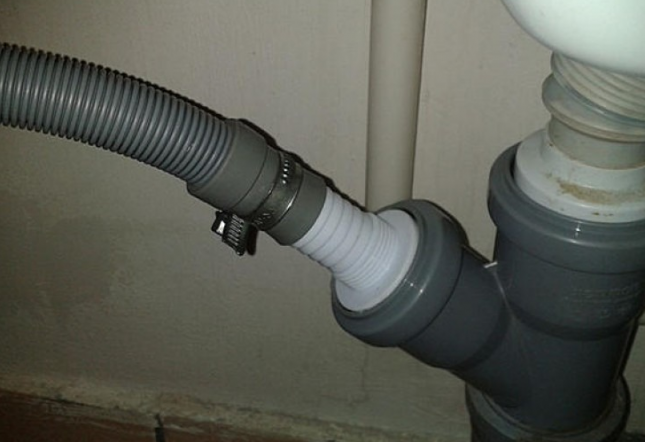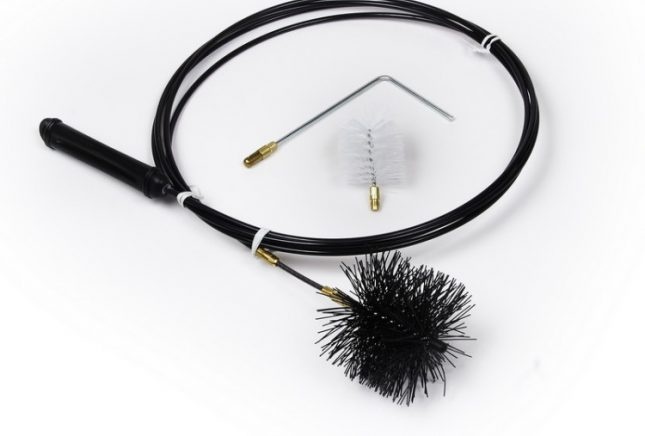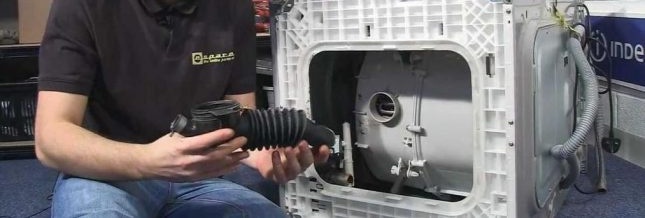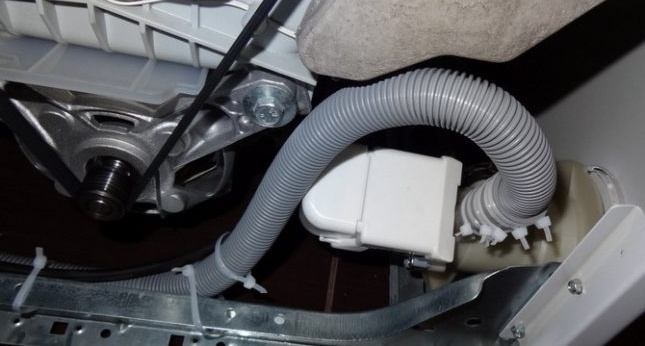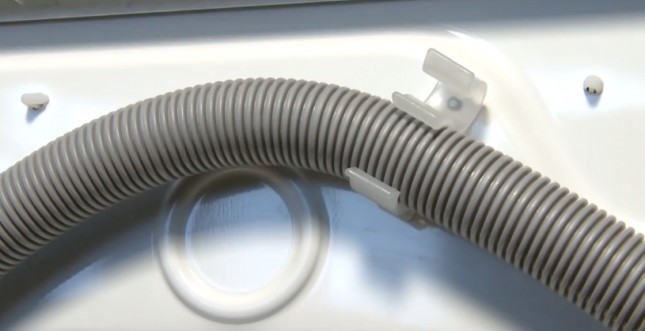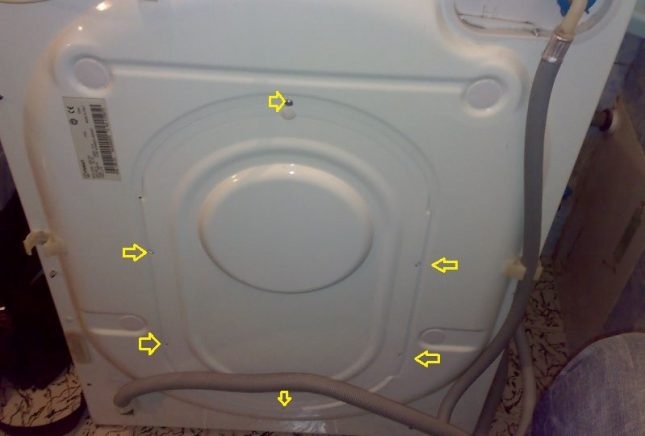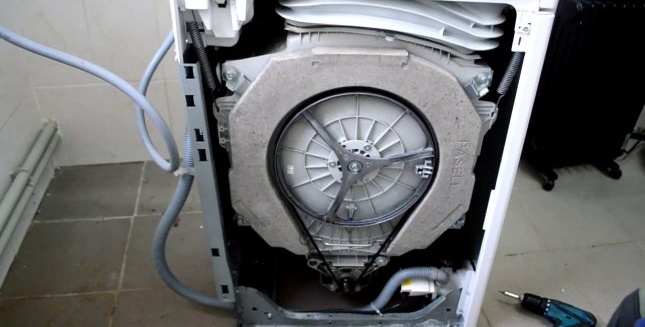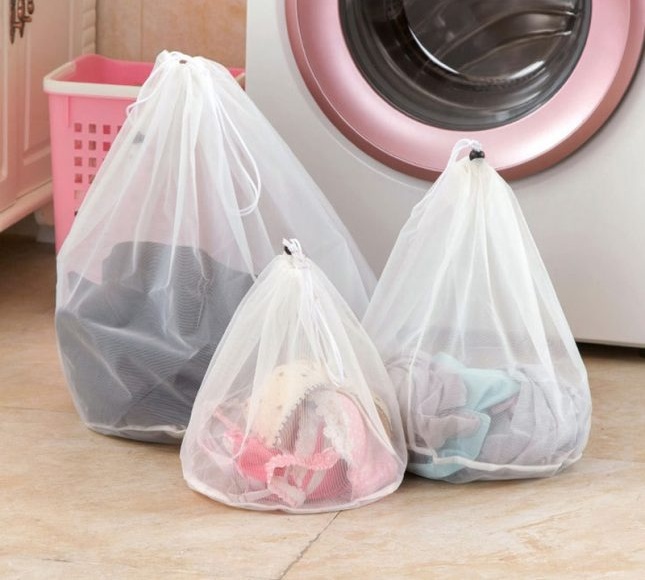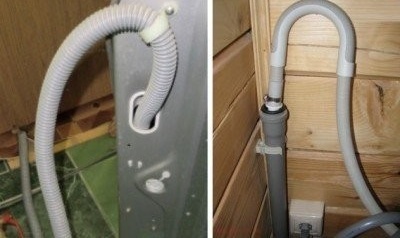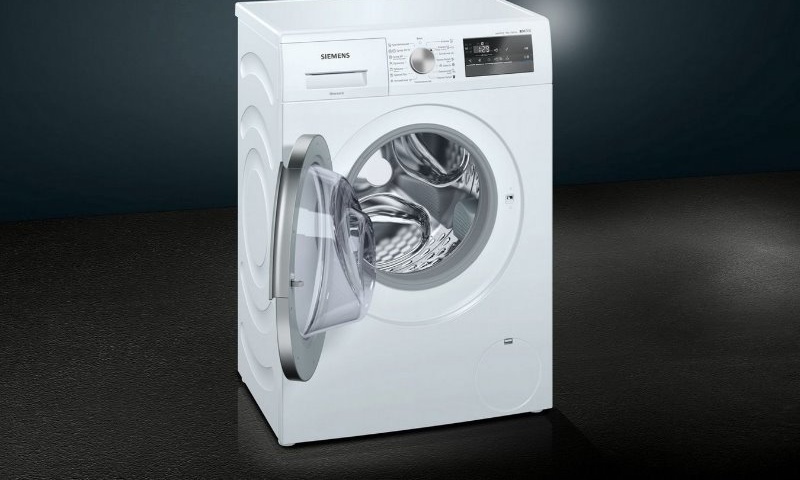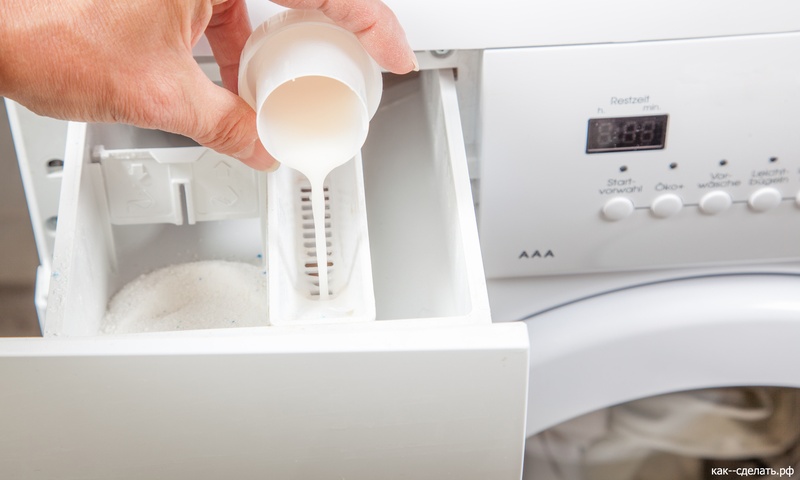We clean the drain hose in the washing machine ourselves
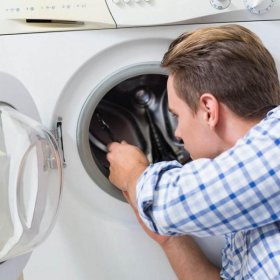
Home appliances help us cope with difficult and dirty cleaning and washing at the touch of a button, cleanliness and comfort are now so pleasant to make. Breakdowns or malfunction of the vacuum cleaner, refrigerator or multicooker can knock out the usual comfort. One of the common problems that occurs at home is a blockage in the drain hose in the washing machine. This problem can be resolved by removing and cleaning the hose. We will understand the causes of blockage and how to solve this problem.
Content
Causes of Clogging
The waste fluid drainage system may become clogged mechanically or naturally. A clear sign of a clogged hose is the slow drainage of water after washing or rinsing. A program failure in which the machine does not automatically switch to the rinse or spin phase indicates a blockage.
At critically low clearance, the drain system of the machine is completely blocked. There may be several reasons:
- small objects get into the drainage hose filtration system: buttons, hooks, coins, pins, fasteners that have come off your clothes or dropped out of your pockets;
- villi and threads, dust and dirt from washed clothes, fur of furry pets, grease, soap and limescale gradually accumulate, hose lumen grows and decreases.
How to clean the drain hose in the washing machine
If the warranty is valid, then the machine can be repaired for free by calling the master from an official service center. And if the warranty period has already ended, then it’s easier to do the work yourself, for a maximum of an hour.
The design of the drain has its own characteristics:
- soapy water enters the nozzle;
- then passes through the filter to the pump, where under the created pressure it flows into the drain hose;
- through a flexible pipe, water enters the sewer system through a siphon or directly, sometimes the hose is not fixed, but simply lowered into a bath or sink.
Cleaning the drain hose without dismantling
There are several ways to clean the drainage system in the washing machine, some methods do not require dismantling the hose and violating the integrity of the warranty seals on the bolts, this is important if the unit is under warranty service.
Use of chemicals
The first method uses household chemicals specially designed to dissolve scale and deposits on the walls of the hose and on the surfaces of the unit; they can be bought at any supermarket or household appliance store, in service centers.
You need to act like this:
- Pour or clean the detergent into the powder tray.
- Set the washing mode for at least an hour, usually it is the “cotton” mode with a temperature of 90ºС.
- Turn off the spin cycle and start the wash.
Lemon acid
Another popular method, which costs a penny, and as a result, perfectly cleans all surfaces of the machine and dissolves all types of plaque.
The cleaning procedure is as follows:
- Take food citric acid in an amount of 150-200 g, pour into the powder compartment.
- Set the washing mode to 1.5–2 hours without spinning so as not to loosen the drum mount.
These methods help increase clearance and chemically clean the hose. But with the accumulation of pile and pet hair in the filter or hose, as well as with the ingress of small objects, mechanical cleaning and dismantling of the drain hose will be required.
Dismantling the drain hose in different models of washing machines
At first glance, everything is simple, but the main difficulty in cleaning the hose is the difficult access, because the disconnection place is inside the washing machine body. In various models, the drainage system is installed in the rear, side or front and is fixed in different ways, but in all cases, you must first perform the following steps:
- Unplug the machine.
- Close the inlet tap and drain all water from the machine.
- Pull the drain hose out of the sewer and siphon by removing the clamp.
To work, you need the following tools and materials:
- screwdrivers for bolts and fasteners;
- pliers or pliers for removing clamps;
- warm water for flushing the hose;
- Kevlar cable with a small brush at the end for mechanical removal of deposits on the walls of the hose, do not take a metal one, it can scratch the inner surface or punch a hole in the tube.
Now you can get to work. On Ariston, Ardo, Beko, Candy, Indesit, LG, Samsung, Whirpool models, you can only disconnect the drain hose by removing the bottom of the unit.
Procedure:
- Using a flat screwdriver, remove the panel at the bottom of the machine or bottom.
- Remove the bolts that secure the filter and remove it.
- It will be more convenient to work if you put the case on its side on a soft cloth so as not to scratch it.
- Loosen the tightened clamp securing the hose to the pump using pliers and disconnect the pipe from the pump.
- On the inside or outside of the housing there may be additional clips or bolts, unscrew or squeeze them and remove the hose.
Some models of washing machines have a special removable tray or one-piece housing without a detachable bottom.
To clean the drain in the machines of the Electrolux and Zanussi brands, you will need to remove the top cover and the back panel of the case.
Dismantling is done like this:
- Press out the special latches that secure the hose.
- Lift the pipe leading water to the machine.
- The top cover is fixed with bolts that are on the back of the case. Unscrew with a flat screwdriver and remove the top panel.
- The back cover rests on the screws located on the sides. You need to unscrew them, and then remove the back wall.
- Using a pair of pliers, unclip the clamp at the hose and pump connections.
In AEG, Bosch, Siemens models, you can get the hose through the front panel. Work Stages:
- Unclip the clamp on the front wall of the housing, remove the sealing rubber.
- Pull out the detergent drawer.
- Detach the lower front panel.
- Unscrew securing bolts of front wall and remove door lock.
- Remove the front wall of the machine. Disconnect hose by loosening the connecting collar.
These dismantling methods are suitable for front-loading machine models. If laundry items are loaded through the top hatch, you can get the drain hose through the side panel.
You need to shoot like this:
- Unscrew the fasteners of the side wall with a flat screwdriver.
- Remove the side panel.
- Stretch the clamp on the hose, remove it, if necessary, remove the filter.
Mechanical cleaning of a removed hose
After removing the drain pipe, it must be inspected for integrity, cleaned and washed as follows:
- A thin Kevlar cable should be pushed into the hose with a brush from one end and then from the other end and all small inclusions and pile should be cleaned, several approaches may be needed to completely remove accumulated plaque.
- Rinse the tube under a strong stream of warm water in the sink or bath.
- Visually inspect the pump and filter, remove lumps of wool and thread, small objects from them.
- Secure the hose to the connection with the pump with a hose clamp.
- Assemble the washer; to check the tightness of the joints and the correct assembly, start a quick wash.
How to prevent blockages - preventative measures
To prevent clogging of the drain hose and to prolong uninterrupted operation, you need to follow simple rules and regularly do preventive maintenance:
- inspect pockets and remove all objects from them, remove brooches and other removable jewelry from clothing;
- for fleecy and delicate fabrics, underwear should use special covers for washing;
- fasten locks, hooks and buttons on items of clothing before washing;
- choose powders and gels with the addition of salt-dissolving components or separately add funds to soften hard water;
- for water rich in lime and salt inclusions, it is better to install an additional filter on the inlet pipe, so you can avoid rapid overgrowth and clogging in all units of the machine.
Once every three months, and in the presence of pets and more often it is advisable to conduct a routine inspection of the drainage system and clean the filter from small lumps of fluff and lint.
Caring for a home assistant, a washing machine, regular care and maintenance will help to extend the life of the unit and ensure uninterrupted and high-quality work. Then all household chores will not become a burden, and things after washing will shine with cleanliness and freshness.
